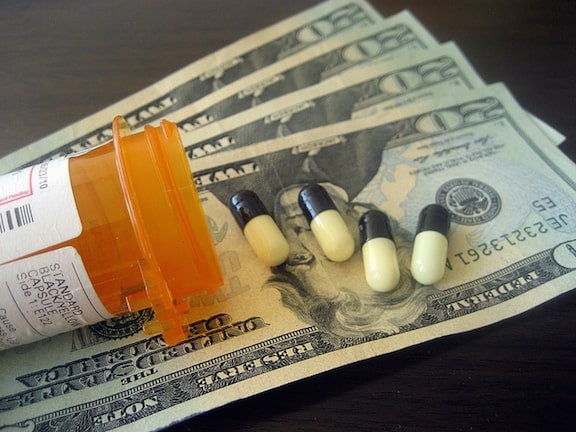Dr. Jane Maxwell, research scientist at the School of Social Work, summarizes the main findings from her June 2014 report on substance use trends in Texas. Read the full report here (PDF). Want to learn more? In September and October Dr. Maxwell will offer live webinars on substance use trends in Texas and across the U.S. Register here.
1. Heroin is a growing epidemic among young users

Heroin use by youth and young adults, many of them White, is increasing statewide, and a similar trend is seen in the use of other opiate drugs. A pattern of switching between prescription drugs and heroin appears related to prescription drugs’ cost and diminished availability due to new laws targeting doctor shopping and prescription fraud.
2. Prescription drugs abuse continues
Abuse of prescription pain pills continues to be a problem, with 19% of Texas high school students reporting that they have ever taken one of these pills without a doctor’s prescription. Pain pills such as hydrocodone (brand name Vicodin) are abused with other drugs such as alprazolam (brand name Xanax) and carisoprodol (brand name Soma), in combinations known as ‘The Holy Trinity” and “Houston Cocktail.”
3. Synthetic marijuana chemical formulas keep changing
Synthetic marijuana is still known under a variety of names such as K2 and Spice, and can be bought online as well as at gas stations and “head” or “smoke” shops. Producers keep changing the chemical formulas to evade prosecution. Varieties that were prevalent in 2010 (known as JWH) have almost disappeared, and new varieties that dominated in 2014 (known as XLR and AB-Fubinaca) are not detected by many of the available drug test kits. Indicators of use of synthetic marijuana are declining, as users move to different chemicals for different effects.
4. Methamphetamine problems are on the rise
In 2006, a ban on the sale of large quantities of pseudoephedrine to produce this illicit drug resulted in decreasing methamphetamine use indicators (such as poison center calls, treatment admissions, deaths, etc.). In 2008, this downward trend started reversing, with the introduction of a higher purity and potency methamphetamine formula made in Mexico. Availability of this formula has resulted in methamphetamine use indicators that are now at levels similar or higher than ever seen in Texas.
5. Party drugs are available with dangerously high levels of MDMA
Ecstasy and Molly, the most popular party drugs in circulation at the moment, are both slang terms for MDMA. Ecstasy is usually a pill or tablet whereas Molly is usually a white powder inside a capsule. This spring, the European Monitoring Centre for Drugs and Drug Addiction issued a warning that party drugs with “dangerously high” levels of MDMA were appearing in Europe. Reports of MDMA deaths at music festivals this summer indicate that this stronger version of party drugs is now available in the United States.
6. The availability of cocaine has decreased
Cocaine use indicators (poison center calls, treatment admissions, seizures, deaths) have continued to decrease due to factors such as increasing demand for cocaine in Europe, production decline in the Andes region, and use of fillers that lessen potency. Users on the street report that available cocaine is so weak that it is not worth the cost.
7. Alcohol and marijuana are still the top drugs abused in Texas
- Alcohol is the legal drug most commonly abused. Some 67% of Texas high school students reported that they have ever drunk alcohol, and 21% had five or more drinks in a row (binge drinking) in the last month. Seven percent of Texans over age 12 were estimated to be alcohol dependent or abuser in the past year.
- Marijuana is the illicit drug most commonly abused. Some 38% of Texas high school seniors reported having smoked marijuana, and 5.1% of Texans age 12 and older were estimated to having used marijuana in the past year.
Photo credit: “Drugs,” by Images Money under Creative Commons

